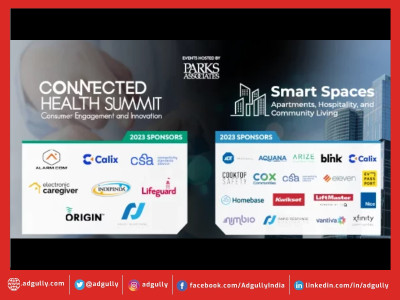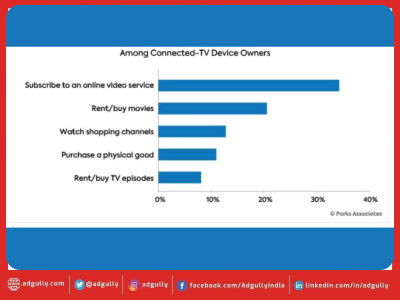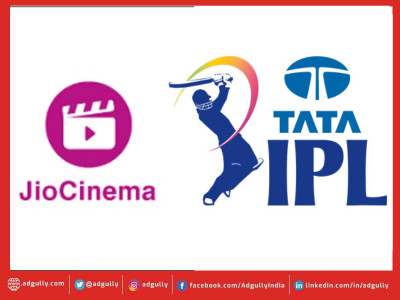Vision-based tech can improve connected TV experience: Study
Parks Associates today announced the whitepaper Vision-Based Technology: Next-Gen Control, developed in partnership with Adeia, which explores the impact and benefits of vision-based interaction for consumer devices, including smart TVs, smart home devices, and smartphones. The whitepaper examines a range of potential use cases in which vision-based interfaces can augment consumers’ experience and enhance their ability to interact and control their devices.
Parks Associates’ Q3 2022 survey of 10,000 US internet households finds adoption of smart TVs has reached 63%. Vision-based interfaces could help consumers improve and simplify how they navigate and select content on these devices. Beyond smart TVs, US households currently have an average of 16 connected devices, and many of these products – including smartphones, tablets, and laptops – utilize touch-centric interfaces and have the potential to add vision-based technology.
“Consumers are surrounded by an overwhelming array of devices, many requiring touch-based input, which can be limiting,” said Jennifer Kent, VP, Research, Parks Associates. “Consumer devices equipped with cameras can be enhanced with vision-based solutions, replacing or enhancing current touch- and voice-based methods of interaction. Vision-based technology is poised to forge the next generation of device interactivity.”
Looking ahead, vision-based interfaces will extend the value and functionality of many emerging value propositions, from augmented reality solutions and virtual reality headsets to advanced driver assistance systems embedded in the new generation of technologically sophisticated vehicles entering the market.
“The complexity faced by consumers as they move through their increasingly digital lives is only rising,” said Serhad Doken, chief technology officer, Adeia. “Vision-based interfaces offer an opportunity to streamline how people access, manage and integrate the growing array of devices that people depend on for work, travel, entertainment, health, and even education.”
Vision-based interface technology is rapidly maturing to make the management of consumer electronics, intelligent home appliances, connected cars – and scores of other applications – more intuitive, efficient, and safe.
“Ultimately, the goal is to deliver the best possible consumer device experience. As technology continues to advance, the form that takes continues to evolve,” Kent said. “Vision-based interfaces can be a crucial element in fulfilling this optimal vision of the connected home and lifestyle.”


















Share
Facebook
YouTube
Tweet
Twitter
LinkedIn